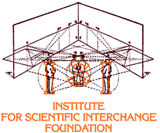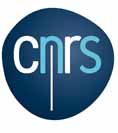DATASET: Co-location data for several SocioPatterns data setsRelease data: Dec 4, 2018
We are releasing complementary data with respect to the face-to-face contact data released previously. For a series of cases, we consider, as described in the publication Can co-location be used as a proxy for face-to-face contacts?, the information on which RFID readers received information from the RFID tags. Namely, we define two individuals to be in co-presence if the same exact set of readers have received signals from both individuals during a 20s time window. We release here 6 co-presence data sets. The contexts in which these data were collected are: a workplace, with data collected in two different years (InVS13, InVS15), a hospital (LH10), a primary school (LyonSchool), a scientific conference (SFHH) and a high school (Thiers13). In each case, the data on face-to-face contacts during the same timeframe has already been released. In all cases except SFHH, metadata is also available concerning the department, class or status of each individual. All the data are also Supplementary Material of the publication Can co-location be used as a proxy for face-to-face contacts? Files: – co-presence.tar.gz contains all six co-presence networks. Both contacts and co-presence data are formatted as tij, i.e. each line represents a contact occurring at a time t between two nodes i and j. – metadata.tar contains the lists of nodes, with the first column being the node identifier and the second the group affiliation, when available. Terms and conditionsThe data are distributed to the public under a Creative Commons Public Domain Dedication license. When this data is used in published research or for visualization purposes, please cite the following paper: "Can co-location be used as a proxy for face-to-face contacts?", M. Génois and A. Barrat, EPJ Data Science 7, 11 (2018).
|
DATASETSSUPPORTED BY
|
||||||||
![SocioPatterns [logo]](http://www.sociopatterns.org/wp-content/themes/sp2/images/header_logo.png)

